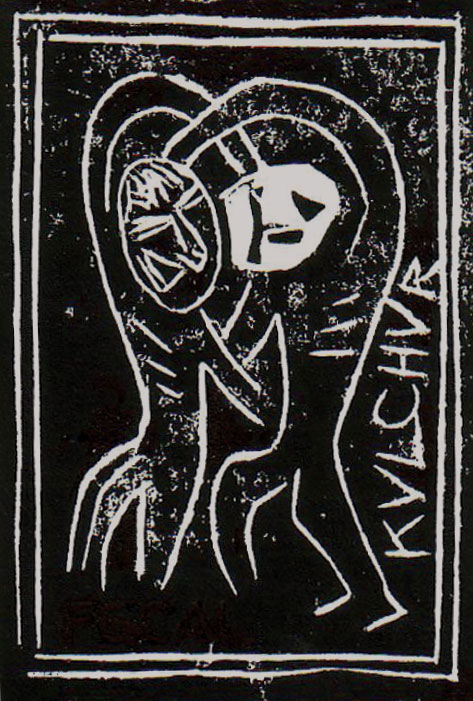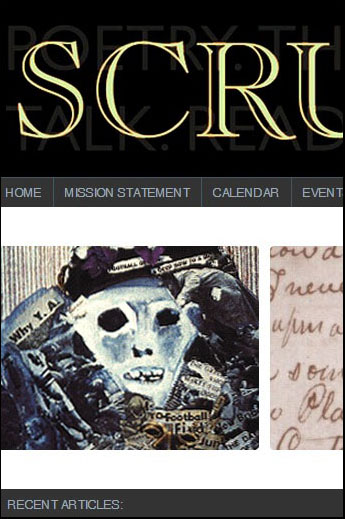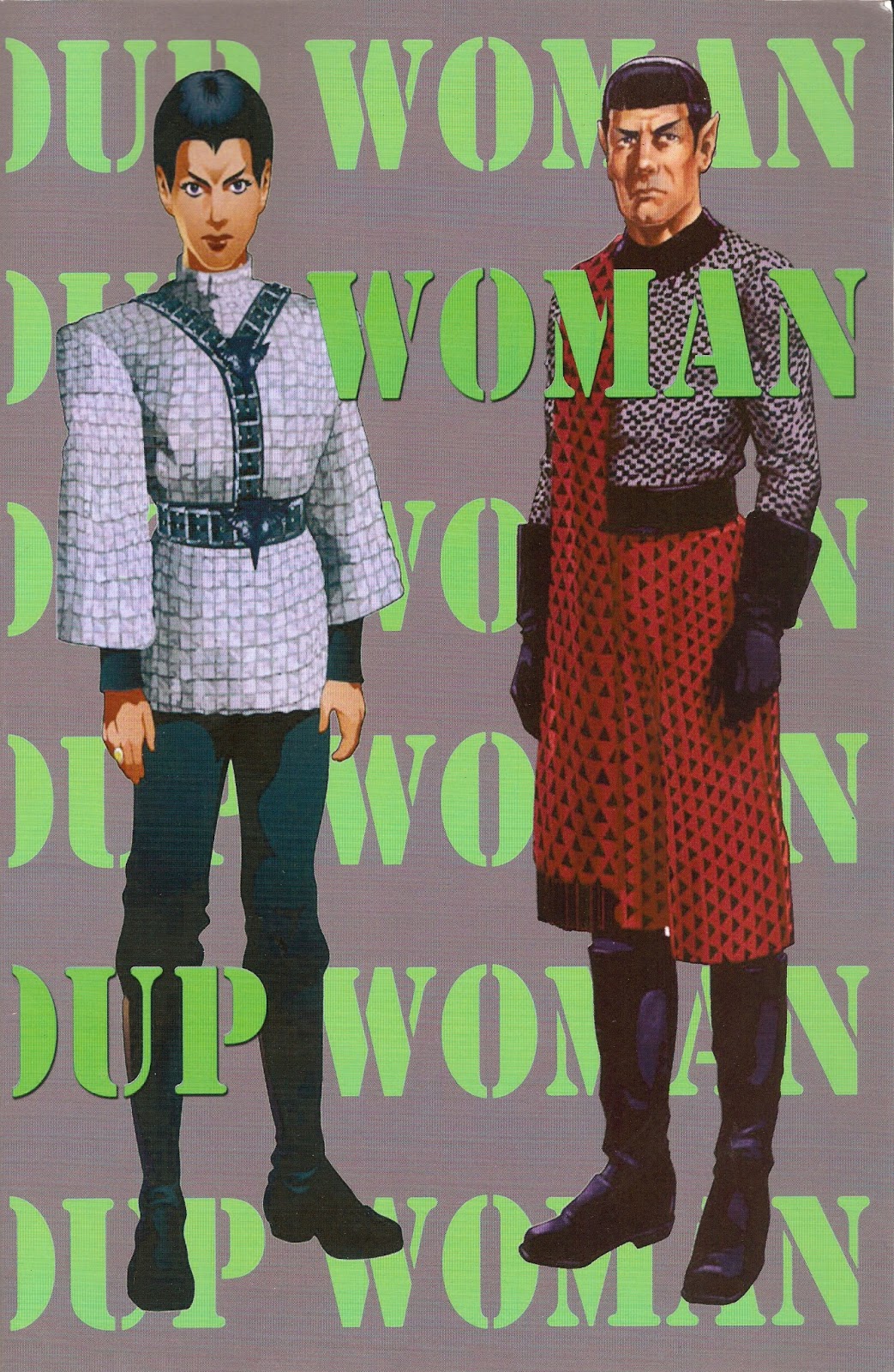Mayday. Earlier anticipating it. Today celebrating it. The sheets below looking toward Mayday in the largest sense. STATIONS—these after Andrew Rippeon, his own stations within Priest, an endeavor I am presently working with and looking forward to bringing out across the coming months. Duncan and derivation, that the labor of our friends can stand as models. So the stations in Priest, the book split into three sections that repeat, so then a run of permutations, and "Stations" specifically, apart from the poems in "Priest" and "Flights," the other two recurring sections in the book, these stations break away from lineation, from the burden of the broken line, and break instead into a liberatory prose which is neither prose as such nor a longer line but something unto itself. And so I learn from this, from these stations, and I build my own.
And an open Mayday letter to Richard Parker, another poet-critic-printer, his the Crater Press and he inclined to imagine all of the varied activities he is engaged in as reading. And I for my own part aspire to include the parts of this object called me such that what Parker might call reading I see as a seeing, a hearing, a thinking. In the end this is perhaps no more than a thinking sometimes called feeling. So the canvases, these sheets and no name suits as it ought to and thus too these are leaves, pages, shrouds whose building I regard as worship, this from thinking David Brazil, CJ Martin, Shaker visual poets, others—and in this sense these sheets in their building disclose themselves as maps or a private curriculum at all times unfolding.
And also and perhaps mostly I take these sheets as an editing in the simplest sense, an editing as a listening and a seeing and a thinking. But they are inscriptions. David Jones, Stephen Rodefer, Blake, Dickinson, Sean Bonney, Bill Griffiths, Bob Cobbing, Dom Sylvester Houedard, Finlay, Francis Crot, Alan Halsey, John Furnival, Tom Leonard, and too great a number of others to list here. In concert with these models, I believe these sheets are also informed by the inscriptions on deer and buffalo hides at San Miguel Chapel in Santa Fe, as I understand it the first Catholic church in what is today the US, est. c1610. Franciscans built the hides c1630 so that they might serve as learning aids, a biblia pauperum, for Pueblo peoples. These like Eric Gill's Stations of the Cross relief work at Westminster Abbey. And despite their social function, when I first encountered these hides in the smallness and simplicity of San Miguel however many years ago I found myself moved. So too these sheets, alpha and omega, from swaddling sheet to winding sheet, these. This is not art. This is a thinking:
Whitman sheet:
Sheets primed on shed floor:
Prynne sheet:
Sheets in process on shed floor:
And an open Mayday letter to Richard Parker, another poet-critic-printer, his the Crater Press and he inclined to imagine all of the varied activities he is engaged in as reading. And I for my own part aspire to include the parts of this object called me such that what Parker might call reading I see as a seeing, a hearing, a thinking. In the end this is perhaps no more than a thinking sometimes called feeling. So the canvases, these sheets and no name suits as it ought to and thus too these are leaves, pages, shrouds whose building I regard as worship, this from thinking David Brazil, CJ Martin, Shaker visual poets, others—and in this sense these sheets in their building disclose themselves as maps or a private curriculum at all times unfolding.
And also and perhaps mostly I take these sheets as an editing in the simplest sense, an editing as a listening and a seeing and a thinking. But they are inscriptions. David Jones, Stephen Rodefer, Blake, Dickinson, Sean Bonney, Bill Griffiths, Bob Cobbing, Dom Sylvester Houedard, Finlay, Francis Crot, Alan Halsey, John Furnival, Tom Leonard, and too great a number of others to list here. In concert with these models, I believe these sheets are also informed by the inscriptions on deer and buffalo hides at San Miguel Chapel in Santa Fe, as I understand it the first Catholic church in what is today the US, est. c1610. Franciscans built the hides c1630 so that they might serve as learning aids, a biblia pauperum, for Pueblo peoples. These like Eric Gill's Stations of the Cross relief work at Westminster Abbey. And despite their social function, when I first encountered these hides in the smallness and simplicity of San Miguel however many years ago I found myself moved. So too these sheets, alpha and omega, from swaddling sheet to winding sheet, these. This is not art. This is a thinking:
Whitman sheet:
Sheets primed on shed floor:
Prynne sheet:
Sheets in process on shed floor:
Baraka sheet:
Final image: Portrait of Rosa Luxemburg—to celebrate—while all else—Baltimore—for all this.
Once the fourteen sheets are complete a catalog of the stations will be printed and distributed.














<< Home